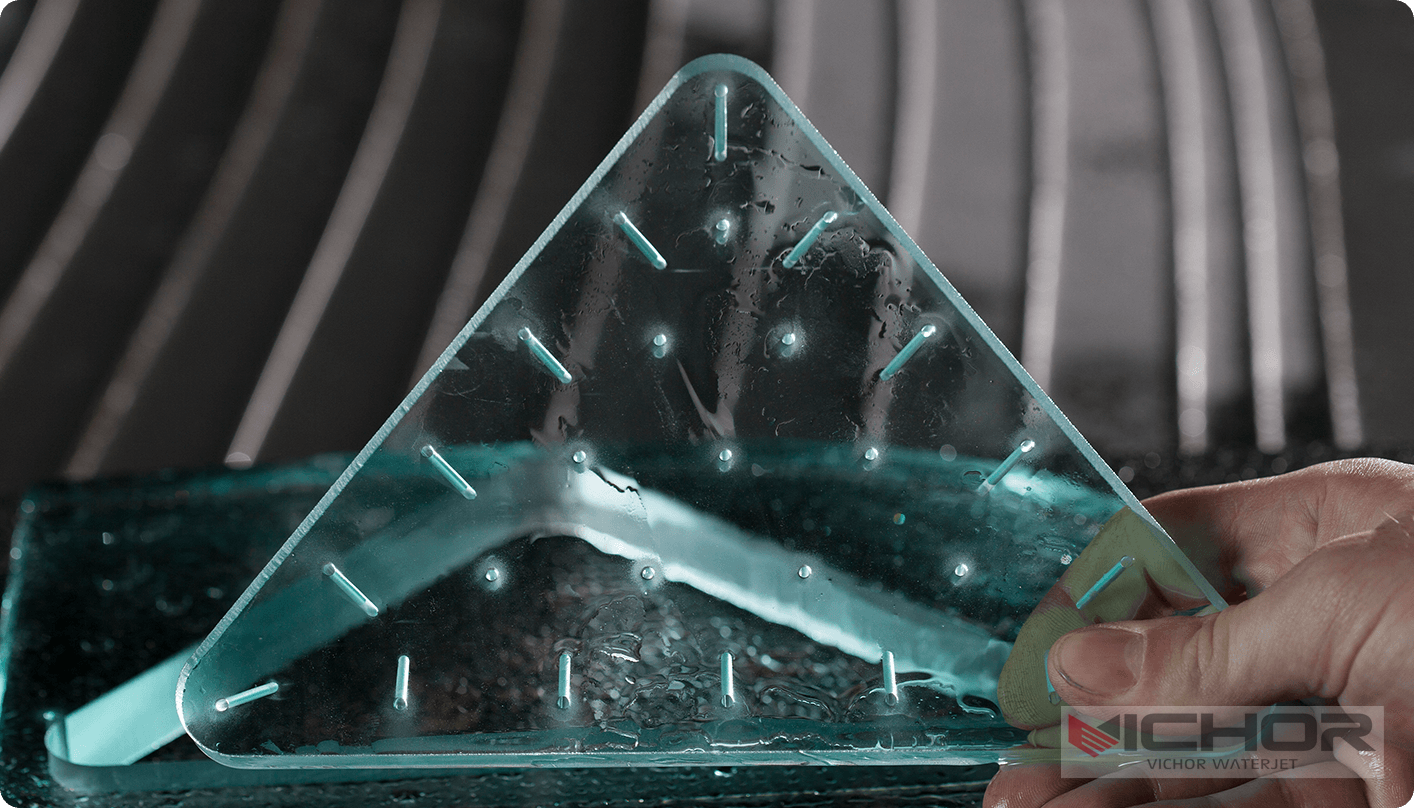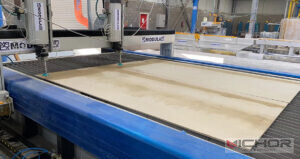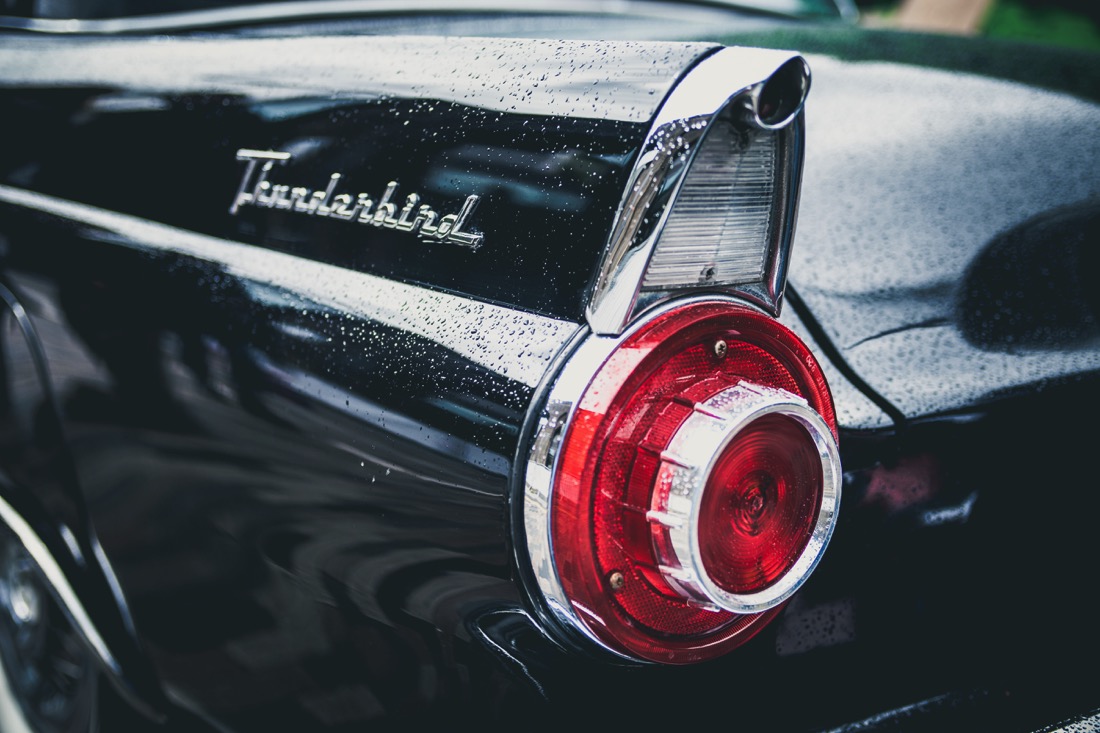
Water Jet Cutting Stainless Steel Sheet: Precision, Process, and Problem-Solving
In the world of metal fabrication, precision is paramount. Among the myriad of cutting technologies available, one method stands out for its versatility, cold-cutting capability, and sheer power: water jet cutting stainless steel sheet. This process, which harnesses the force of water and abrasive materials, has revolutionized how industries work with tough materials like stainless steel. Whether you’re crafting intricate architectural designs, robust aerospace components, or delicate food processing equipment, understanding this technology is key. This article delves deep into the mechanics, advantages, and practicalities of using a water jet to cut stainless steel, addressing common questions and highlighting how brands like VICHOR are leading the charge in innovation.
The Science Behind Water Jet Cutting Stainless Steel Sheet
At its core, water jet cutting stainless steel sheet is a process that uses a high-pressure stream of water, often mixed with an abrasive substance like garnet, to erode material along a predetermined path. For a hard material like stainless steel, the pure water jet (which uses only water) is insufficient; instead, an abrasive water jet is employed.
Here’s a simplified breakdown:
High-Pressure Pump: A pump, like those found in VICHOR systems, intensifies water pressure to extreme levels, typically between 60,000 to 90,000 PSI (4,000 to 6,200 bar).
Intensifier or Direct Drive: This ultra-high-pressure water is then forced through a small diamond or sapphire orifice, creating a thin, coherent, and incredibly fast jet.
Abrasive Introduction: For cutting metals, the stream is fed into a mixing tube where an abrasive material (garnet is most common) is sucked in via a vacuum effect and mixed thoroughly with the water stream.
Cutting Head: This abrasive-laden jet exits through a ceramic nozzle at speeds approaching Mach 3, impacting the stainless steel sheet with immense kinetic energy. It mechanically erodes the material particle by particle, resulting in a clean, precise cut.
The “cold” nature of this process is its superpower. Unlike laser or plasma cutting, which generate significant heat and create a Heat-Affected Zone (HAZ), water jet cutting leaves the metallurgical properties of the stainless steel completely unchanged.
Why Choose Water Jet for Your Stainless Steel Projects?
Why has water jet cutting stainless steel sheet become a go-to method for so many engineers and designers? The benefits are numerous and significant:
No Heat-Affected Zone (HAZ): This is the most critical advantage. The absence of heat means the stainless steel retains its original hardness, temper, and corrosion resistance. There is no warping, hardening, or micro-fracturing along the cut edge.
Exceptional Material Versatility: A single VICHOR water jet machine can cut through virtually any material. Beyond stainless steel, you can switch to cutting stone, glass, titanium, or rubber without changing the entire setup—only the cutting head and abrasive settings may need adjustment.
High Precision and Complex Geometries: Water jets are CNC-controlled, allowing for exceptional accuracy (typically within ± 0.005 inches) and the ability to produce incredibly intricate shapes, sharp corners, and fine details that would be challenging or impossible with other thermal cutting methods.
Environmentally Friendly: The process produces no hazardous fumes or gases. The primary waste is wet abrasive and tiny metal particles, which are generally non-toxic and easier to dispose of compared to the fumes from plasma or laser cutting.
Minimal Set-Up and Quick Turnaround: Unlike machining, which requires custom fixtures and tools, water jet cutting often requires simple setup. This makes it ideal for both prototyping and high-volume production runs.
The Water Jet Cutting Process Step-by-Step
Executing a perfect cut involves a systematic process:
Design: The part is designed using CAD software (e.g., AutoCAD, SolidWorks).
Programming: The CAD file is converted into a toolpath using CAM software, which generates the G-code that instructs the water jet machine on where to move.
Setup: The stainless steel sheet is securely clamped onto the cutting table. Proper clamping is crucial to prevent any movement during the cutting process.
Calibration: The machine’s cutting head is calibrated to the correct standoff distance from the material surface. This ensures optimal cutting efficiency and nozzle life.
Cutting: The machine is started. The high-pressure pump activates, and the abrasive feed begins. The CNC system guides the cutting head along the programmed path, slicing through the metal.
Completion: Once the cycle is complete, the pressure is released, the abrasive feed stops, and the finished parts are removed from the table for any necessary post-processing.
Navigating Common Challenges in Water Jet Cutting Stainless Steel
While highly effective, operators can face some challenges. Understanding these issues is the first step to mitigating them.
1. Taper and the “V” Shape Cut:
The Problem: As the water jet stream travels through the material, it can widen slightly, resulting in a cut that is narrower at the top and wider at the bottom. This is known as taper.
The Solution: Modern CNC systems, including those from VICHOR, use advanced software algorithms to compensate for taper by dynamically adjusting the cutting head’s angle or speed. Using a higher quality nozzle and optimizing cutting speed also minimizes this effect.
2. Achieving a Perfect Edge Finish:
The Problem: The cut edge of a water-jetted part has a characteristic matte, satin finish. At higher cutting speeds, a noticeable “strike” or drag line pattern may appear.
The Solution: For a smoother finish, reduce the cutting speed. For parts requiring a pristine edge, a secondary machining or polishing operation might be necessary. Some operators also use multiple passes at lower pressures to refine the edge.
3. Nozzle and Orifice Wear:
The Problem: The abrasive stream is incredibly erosive—it’s designed to cut steel, after all. This means the orifice and mixing tube are consumable parts that wear out over time, leading to a drop in cutting performance and accuracy.
The Solution: Implement a strict preventative maintenance schedule. Regularly inspect and replace worn parts. Investing in high-quality components, like genuine VICHOR nozzles, can extend lifespan and ensure consistent performance.
4. Managing Abrasive Consumption and Cost:
The Problem: Abrasive garnet represents a significant recurring cost in the water jet cutting process. Inefficient use can quickly eat into profit margins.
The Solution: Optimize the abrasive flow rate for the specific thickness and type of stainless steel. Newer systems, such as those engineered by VICHOR, often feature more efficient abrasive delivery systems that minimize waste without sacrificing cutting power.
5. Cutting Speed vs. Precision Trade-off:
The Problem: There is an inverse relationship between cutting speed and edge quality. Faster cuts save time but increase taper and surface striations. Slower cuts are more precise but reduce throughput.
The Solution: Find the optimal balance for each job. Use faster speeds for rough cuts or thicker materials where extreme precision is less critical, and slower speeds for finishing passes or intricate details on thinner stainless steel sheets.
Applications of Water Jet Cut Stainless Steel Sheets
The unique capabilities of this technology make it indispensable across numerous sectors:
Aerospace: For cutting intricate components from high-grade stainless alloys and titanium without compromising their structural integrity.
Architecture and Design: Creating detailed decorative panels, signage, and custom fixtures for modern buildings.
Food and Beverage Processing: Manufacturing conveyor parts, mixing blades, and structural components where a smooth, contamination-free, and HAZ-free edge is mandatory for sanitation.
Medical Equipment: Producing precise, burr-free parts for surgical instruments and MRI machine components without altering the metal’s properties.
Automotive: Prototyping and manufacturing parts like brackets and custom exhaust components.
Why VICHOR is a Preferred Choice for Professionals
When investing in a water jet cutting stainless steel sheet system, the brand matters. VICHOR has established itself as a leader by addressing the very challenges discussed above. VICHOR machines are renowned for their robust high-pressure pumps that deliver relentless performance, advanced CNC controls with automatic taper compensation, and efficient abrasive management systems that reduce operational costs. Their commitment to reliability and precision ensures that fabricators can tackle any project, from the simplest to the most complex, with unwavering confidence.
Water jet cutting stainless steel sheet is more than just a manufacturing process; it’s a gateway to unparalleled design freedom and material integrity. By understanding its principles, embracing its benefits, and proactively managing its challenges, manufacturers can unlock new levels of productivity and quality. As technology continues to advance, with industry pioneers like VICHOR driving innovation, the future of cold cutting looks sharper and more precise than ever. Whether you are a seasoned fabricator or exploring options for a new project, the water jet remains an exceptionally powerful and versatile tool worthy of serious consideration.
continue reading
Related Posts
- 1242 words6.3 min read
- 1265 words6.4 min read



